Supply Chain Channel sat down with Reto Fuhrer to dive into supply chain management and a tried-and-true formula that brings businesses real success.
Reto is the CEO and Founder of RFSCE, a supply chain consultancy with a vision to strengthen the overall supply chain function for Australian organisations.
In this article, Reto touches on supply chain planning as a classic example of where only a combination of all the elements of “People, Process and Technology” come together to bring businesses meaningful success.
Q: As the CEO of a newly founded supply chain consultancy, what motivated or inspired you to start RFSCE?
A: A lot actually. I have a background in supply chain management (SCM) and have worked in several executive positions across different industries – both in Switzerland and now in Australia after moving here four years ago. I worked in the food and beverage industry for a long time, but also in the chemical, sporting goods, and plastic manufacturing industry which supplied into construction and car manufacturing.
When I moved to Australia, I started working for the ACT government and then moved onto Quin Global as an Operations Manager and later on as the General Manager. After having experience in both government and private sectors, I felt ready for a change. I have a backpack full of experience in supply chain management, which I use to help companies improve and become more successful. I mean, there are endless opportunities within supply chain management to help businesses. No matter where the challenges lie in an organisation, they either end in customer service issues; cash; profit; or growth problems.
Supply chain management certainly helps improve the bottom-line. I’ve seen a lot of companies out there with underdeveloped supply chains who could really benefit from SCM integration. Everyone talks about sales and marketing, correct? But I always compare a company with a car: you may have a car with a Ferrari engine (a strong sales and marketing team), but if this car was built with poor bodywork, everything will eventually fall apart. And that’s what has happened over the last few years with all the disruption: Organisations realising that supply chain management is a key function to have a professional, sustainable, and profitable business. Especially in the SME (small medium enterprises) sector, you can achieve a lot with small changes in your organisation or small corrections in your processes. It doesn’t need to be a big change to see a big result. In my experience, many people don’t know what supply chain management is in its entirety. It’s important to unpack all elements and unlock a world of opportunities for a company.
Q: In your latest role, what have you seen to be the most pressing challenges that your clients face in their supply chains?
A: In Australia, we have our geographical distance, so the function of proper supply chain management often bears more weight than in other regions. I have seen many companies face inventory management problems including material shortage and price increases of commodities. Or it’s completely the other way around, they have excess inventory and then face cash problems.
Another challenge in line with that are logistical problems. Obviously through the pandemic and the whole shipping crisis (mainly owed to that), a lot of companies faced transport issues: shippings were delayed and containers from overseas got rolled over. This is a huge implication leading to all kinds of customer service problems. If you don’t have material to produce, you can’t produce the products for your customers in time, then you lose sales which in turn leads to losing a customer’s trust – and that’s a very big issue.
And then there is the freight cost explosion. When you look at the development of shipping and freight prices, it’s crazy how much they went up multiple times during Covid. Prices have recently reduced, but experts are not so sure if that’s going to be a long-term thing; if it will level out; or go back where it was during the pandemic.
Another big issue is labour shortage – not just limited to Australia but felt across the globe. I had a chat today with one of my previous workmates, the CEO of a food manufacturing company overseas, and they’re dealing with the same thing. It’s hard to find qualified people in the white-collar group who are the right fit but also hard to find workers for the blue-collar group. Sometimes it’s even a challenge just to get blue-collar workers to turn up to work on time and then motivate them to do their job.
Q: What do businesses need to build end-to-end resilient supply chains? Is there a formula that brings real success for businesses?
A: There is a formula and it’s no secret – it’s a formula that has been around a long time, especially in the IT environment – this formula is called “People, Process and Technology”. To be successful, you need to have the right ‘people’ in the right place and you need to manage many relationships, not just customer relationships. Relationships need to be nurtured within the company, between departments, with your suppliers and with your business partners. This is key. I think a lot of companies have now realised this during the pandemic. In procurement for example, if you just try to focus on price negotiation, that’s not going to help you if a crisis comes along.
‘Processes’ need to be efficient and set up well, you need to have processes in place which people follow. Cowboy style might help in the short term but if you don’t have adequate and active processes in place along with continual improvements, you won’t have success in the long term.
Once you have achieved this, you then need to secure the right ‘technologies’ which will help with efficiency. There are many digital solutions out there to enhance your efficiency and effectiveness: supply chain planning is a prime example. Software solutions can assist organisations to do the maths to get ballpark or even accurate forecasts for future planning. There are systems out there that take weather predictions into consideration. For example, if you are the owner of an ice cream manufacturing business, you can have data coming in which also forecasts how the weather will look like in the future, which helps to predict demand.
Visibility is big. Organisations realise that if you have issues along your supply chain, it’s important that you’re always up to date with what’s happening within your supply chain and the status of your goods in both the manufacturing and distribution processes. Additionally, to build resilient end-to-end supply chains, companies must understand that all business functions are connected.
The biggest challenge for me in my last couple of jobs was getting the sales team on board within the supply chain planning process. Functions change. Sales is not just about selling a product for example, the team needs to be in close contact with the customer, know what’s happening on the market front and bring that information back into the organisation to build an accurate demand and supply plan. That’s just one example to demonstrate how everything is connected. Employees need to understand that it’s imperative to work together to get the best result for their organisation.
Two important facts to remember:
- Everything starts with the customer and the market. This must be understood as all activities stem from that. If I start optimising the supply chain, I always start with the supply chain planning process. If you have that sorted then a lot of problems within your supply chain disappear.
- Have a strategic approach on how you start redesigning your supply chain to achieve success. Don’t just randomly choose a problem and think if you have that optimised, you’re sorted. Remember, everything is connected.
Q: What do you think are the current trends and opportunities for growth for Australian businesses post-COVID?
A: I think a lot of organisations have realised that maybe globalisation is not the best solution for Australia, especially because Australia is so far away. Plus people have started to ask the question “Should I continue to buy out of America, China, and Europe? If we have options closer to our home market, wouldn’t this be better and in turn strengthen Australian manufacturing?” Australia is a big country and we are lucky to have pretty much everything here in terms of resources. It’s just about pulling these resources together and making something out of it. It’s not always possible of course, but the question “Do I really need to get that from overseas or do I have another option?” must be asked. Companies are realising that our dependency from overseas is one of the biggest supply chain problems.
Then there’s a trend from ‘just in time’ to ‘just in case’. For years, organisations were thinking about reducing inventory, just carrying as much as you need for ‘just in time’ but with the whole disruption, companies have actually done a 360, filling up their inventory just to be sure that they have enough. Then they run into the next problem – that they don’t have enough cash. The clue is to look at your supply chain and see what the best solution in that situation is ‘just in case’…you can’t just apply a certain model, you need to look at what works best for you in a certain circumstance.
A third trend I’d say is that people are looking closer at where the risks are. Before that, it was a given thing that you order your parts from somewhere and they come in time, and everything works out. But as recently proven, that’s not the case anymore. You need to see where you get your material from. Different procurement strategies need to be applied in the future to manage your risks better.
The fourth trend is what I’ve said before, the visibility. Lack of information is a big thing and if you know where materials/products are at, you can coordinate and also communicate better with your customers and business partners. People are starting to realise that this is important.
Opportunities [for Australian businesses] are a similar thing. If you are a reliable partner, no matter if it’s in or out of Australia, you have a good chance to increase your business. Reliability leads to trust, which is key to grow a business. With that in mind I think there are lots of opportunities out there. Organisations also need to educate their employees. High qualified staff will give you a strategical advantage so you can compete with companies around the world. Another big opportunity is to increase efficiency with the use of modern technology. We still don’t have enough of that here in Australia.
This interview has been republished as requested by RFSCE.






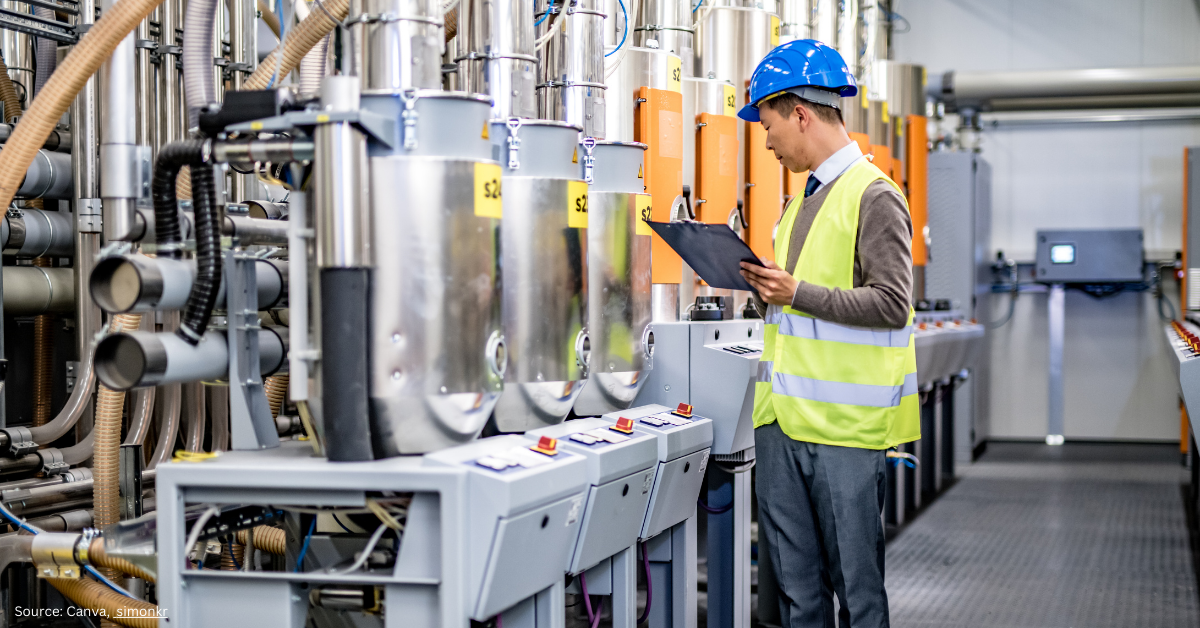




























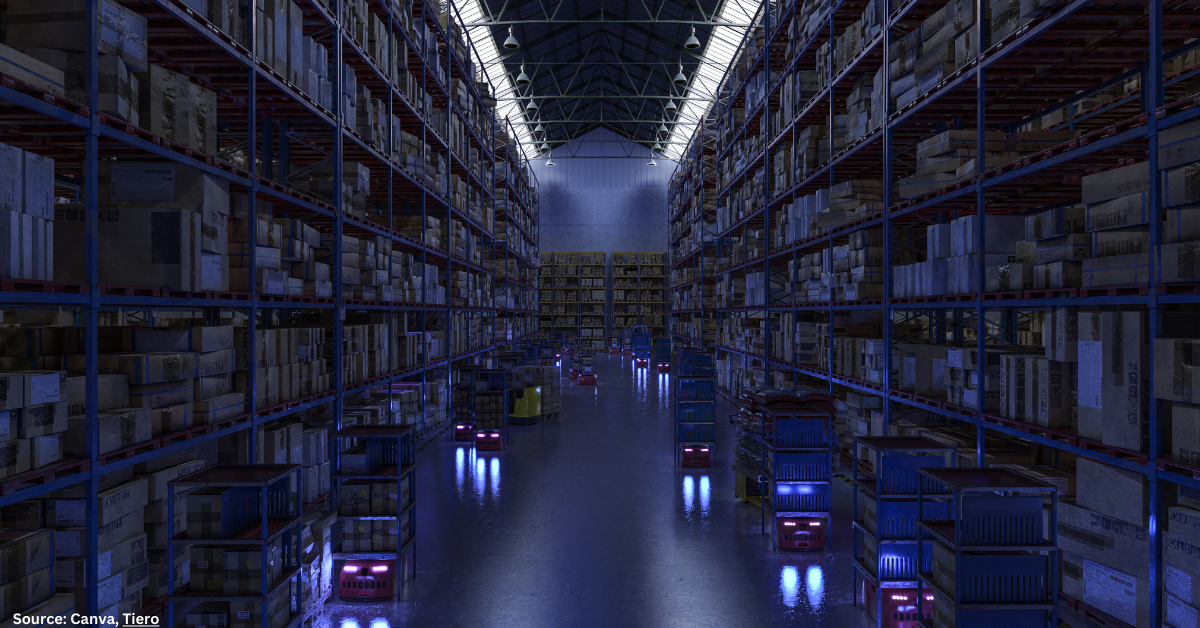
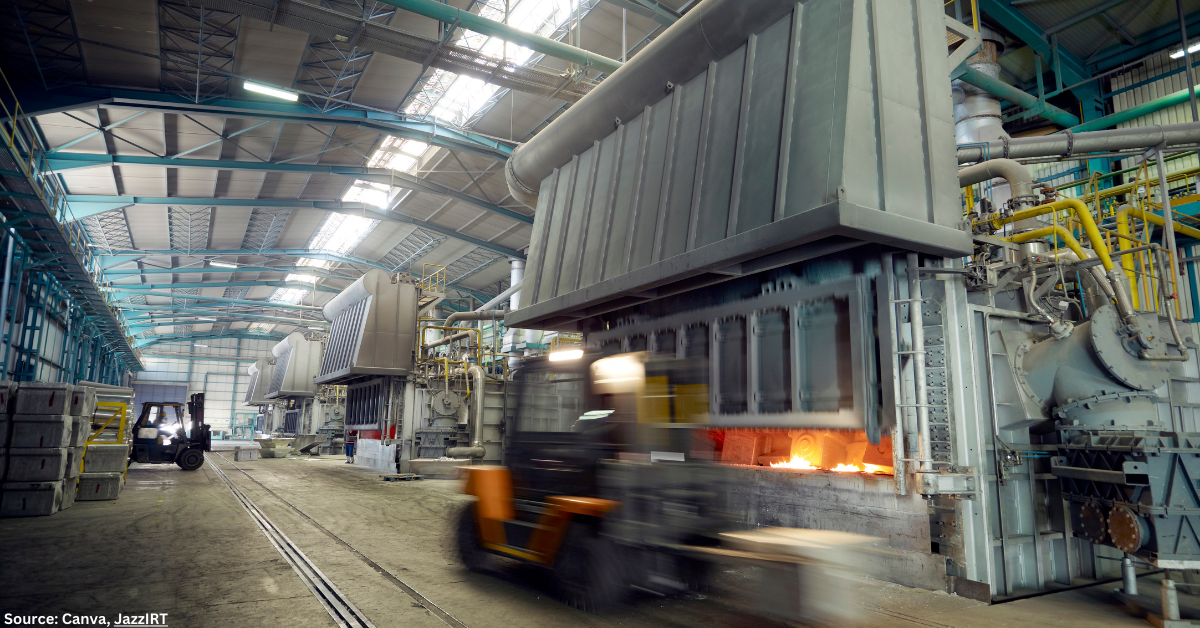
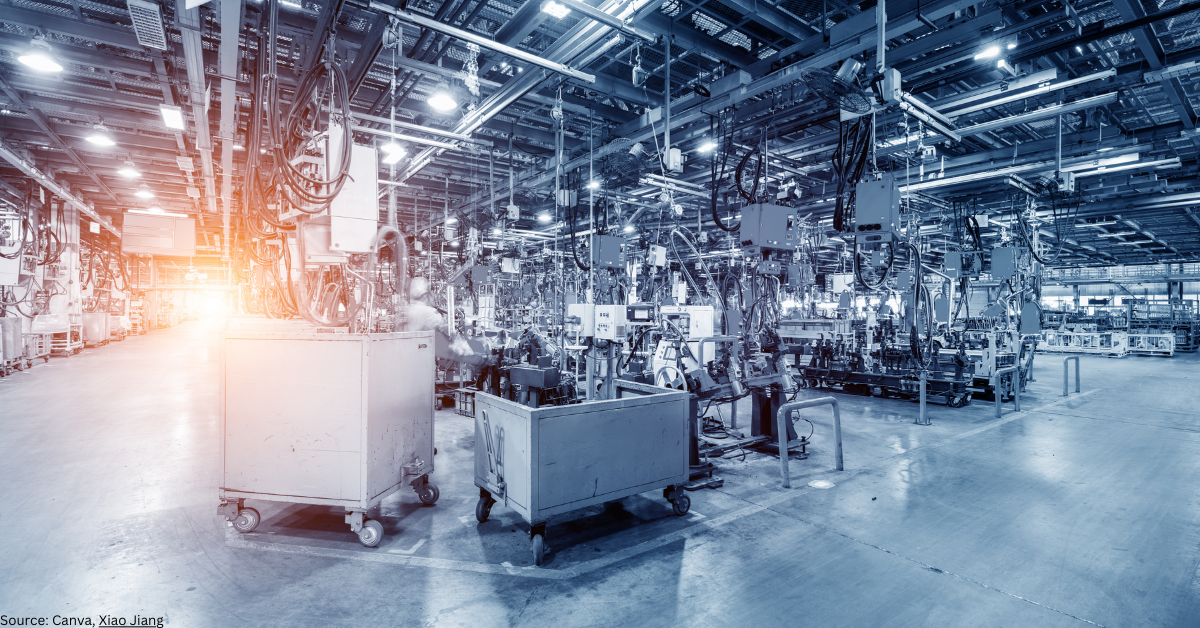
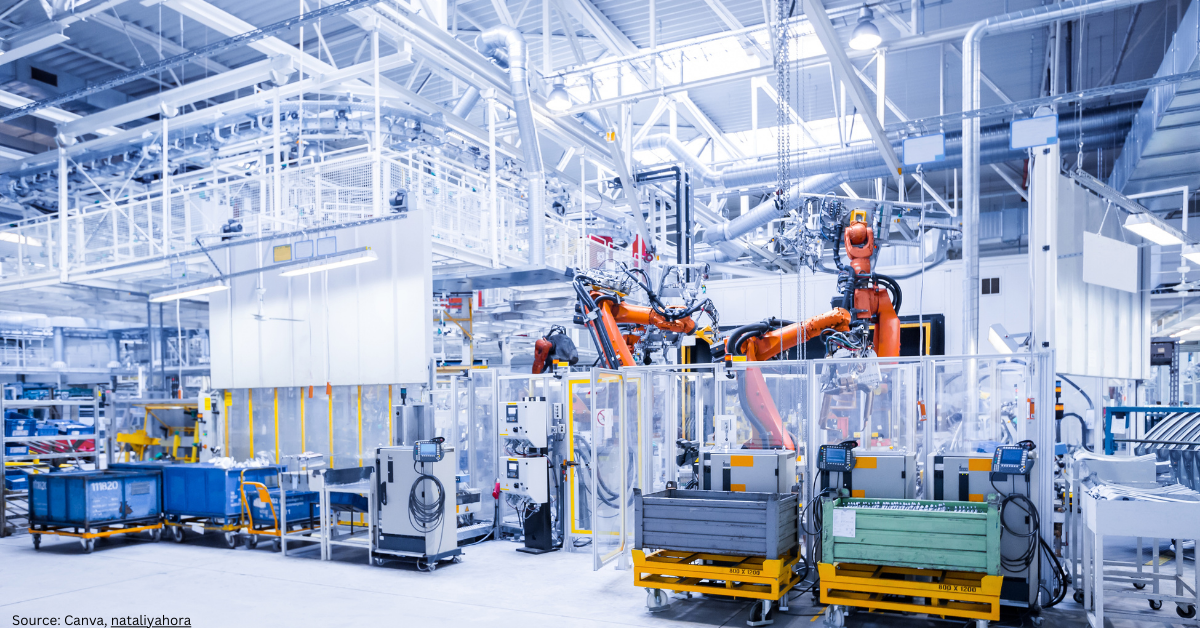







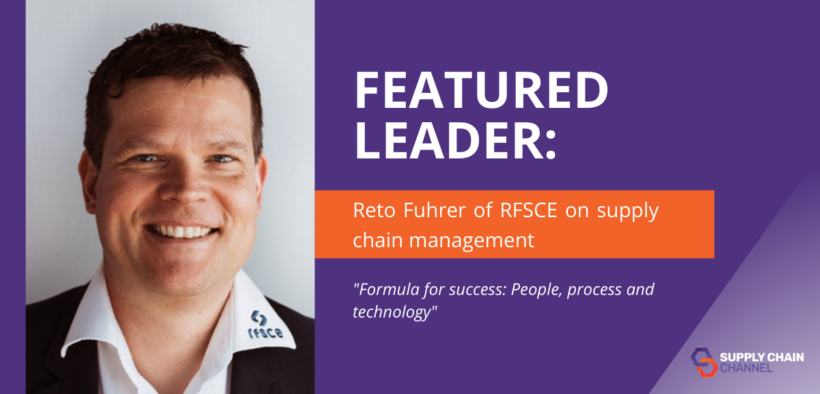















Follow us on social media